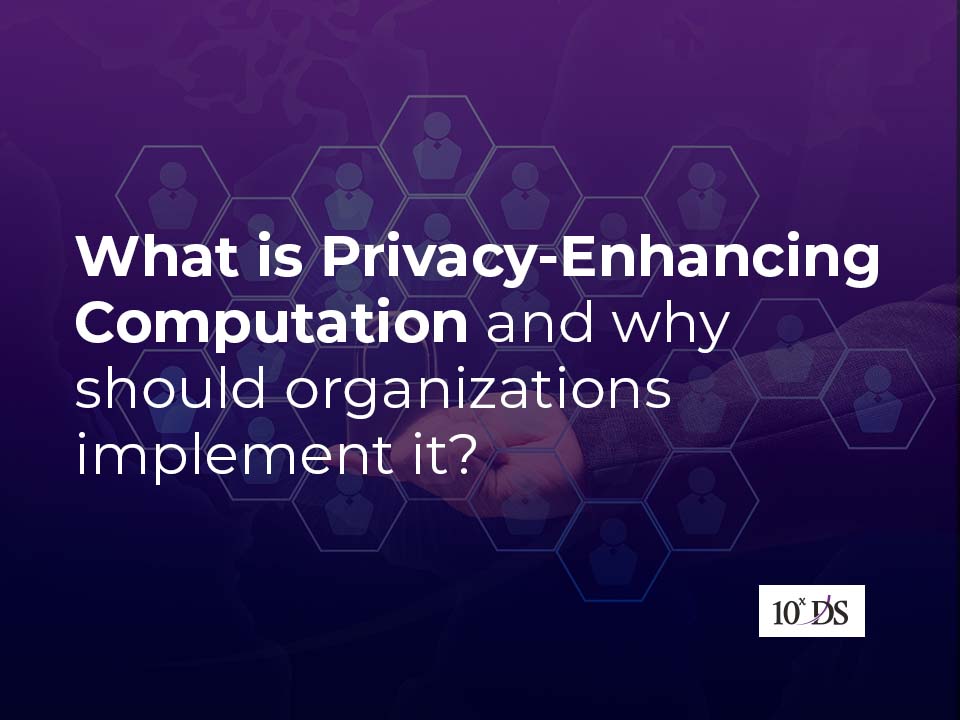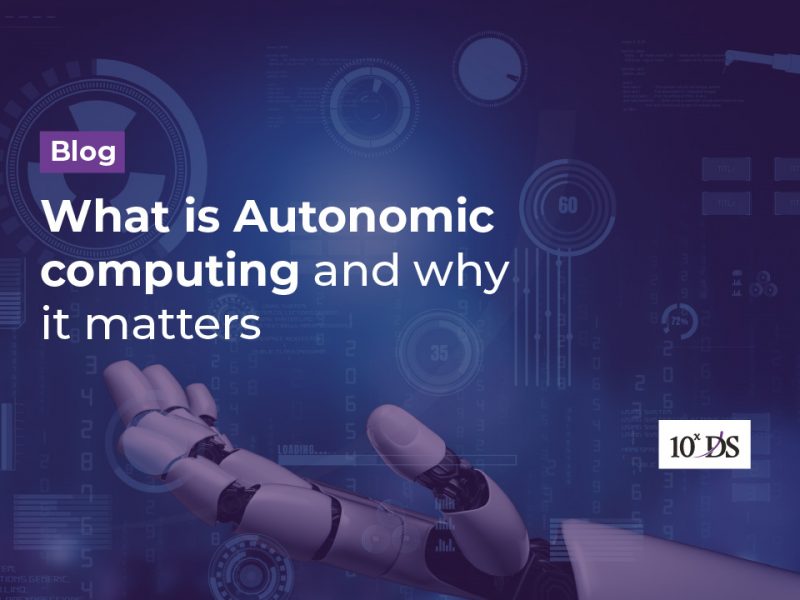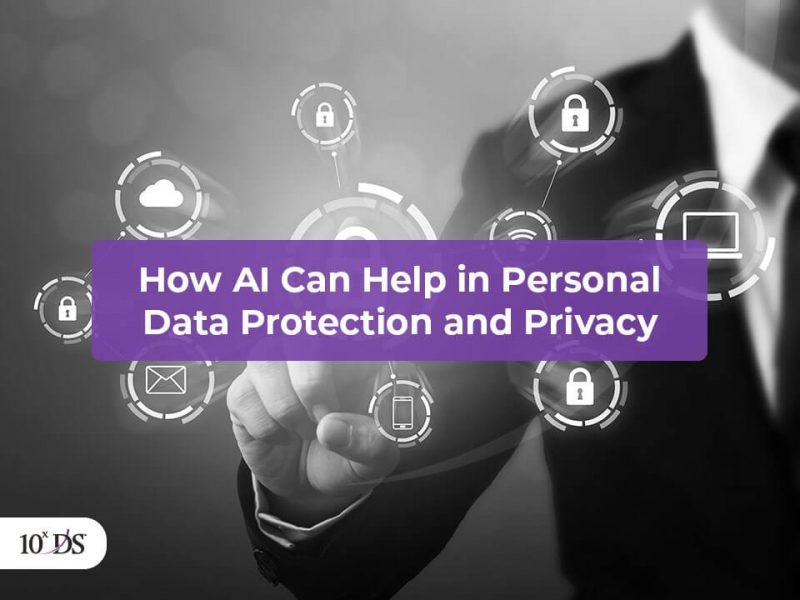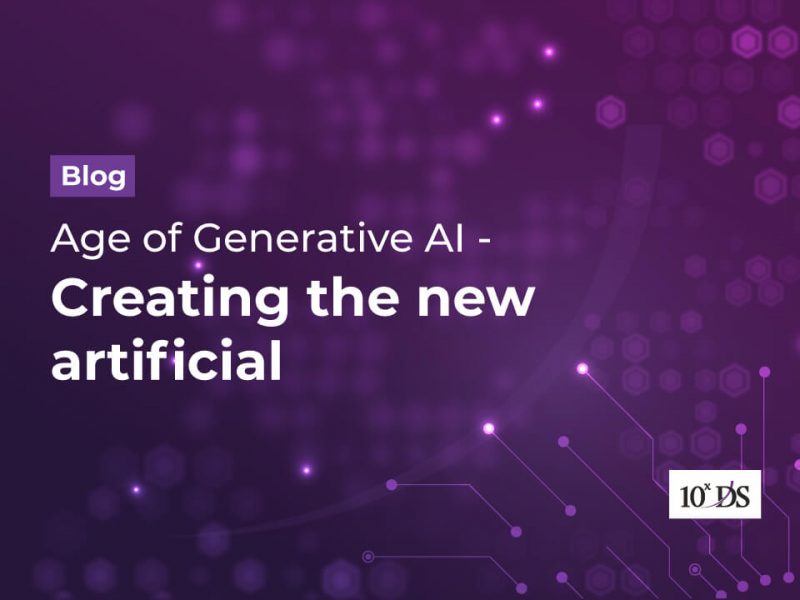
What is Privacy-Enhancing Computation and why should organizations implement it
Data is at the core of all businesses, the most valuable asset in the current age. As its value keeps increasing, keeping this asset safe becomes the highest priority for organizations. Data needs to be managed, processed, and analyzed to glean valuable insights. Since data is sensitive, it can also be abused by malicious attackers. However, considering the tremendous volume of data that needs to be safeguarded for privacy, data governance and technology integrations, the task becomes herculean. Though there are privacy legislations such as GDPR in the EU and several others around the globe, privacy breaches occur very often. One of the main reasons this is happening is because of business transactions happening through third parties, to gain insights to improve their services, to get some valuable data, or maybe just to earn additional money by using any available data.
Consumers are becoming increasingly concerned about sharing their personal data as they find it difficult to track who uses them, the manner it is used and mainly who is responsible for handling them. Since cyberattacks are on the rise, and attackers using more complex techniques to access data, the use of privacy-enhancing computation (PEC) and technologies (PET) have become a crucial security measure for organizations. PEC is one of the leading Gartner strategic technology trends. With the adoption of technologies like AI, organizations today can process increasingly complex and growing data in a structured, controlled, and protected manner. Enterprises having a well-defined roadmap for PEC and technologies implementation are expected to minimize the exposure to potential attacks and enable secured data usage.
What is privacy-enhancing computation?
Though there is no standard definition there yet, privacy-enhancing computation aims at leveraging a group of various technologies to enable the highest level of private data protection. This group of technologies support privacy and data protection and provide safeguards against violations and hacker attacks. The solutions can be hardware and software designed to glean valuable data to use for various purposes while building a robust and secure foundation.
These technologies have been around for some time but it’s only recently they have been used for real-life applications and use cases. Gartner has classified PEC in the “people centricity” category and according to the research and consulting company, PEC has three forms, comprising of three technologies to protect data.
- The first form involves technology providing a trusted environment where data can be processed securely. To enable this there are trusted third parties and hardware trusted execution environments.
- The second form involves processing and analytics through privacy-aware machine learning. The technologies leveraged in this form consists of federated machine learning and privacy-aware machine learning.
- The third form of PEC consists of technology enabling data and algorithms transformation. These include homomorphic encryption to keep the data confidential, multiparty computation, differential privacy, private set intersection, among others.
Why do organizations need to implement privacy-enhancing computation (PECs)?
The primary reason why organizations should adopt PECs is to avoid having any possible risk to the privacy of the consumers. When any user enters their personal data into any application, website, account, or any other form, they would want to ensure the data is kept private and used only for the intended purpose. Enterprises lacking a proper tried, and testing process for the protection of data offers an easy opportunity for malicious attackers to misuse the data. This poses a huge threat to users’ privacy and in turn affects the credibility, reputation, trust, and confidence of people in the actions of the organization. So, companies should ensure they have full control in managing this information.
Moreover, with the rise of data protection laws around the globe such as GDPR and CCPA, it will become mandatory for organizations to set up processes and take measures to protect consumer data. Otherwise, organizations may incur huge financial loss from data breaches and severe fines as penalties. As per the DLA Piper GDPR Data Breach Survey 2020 report, GDPR fines incurred by organizations are estimated to be over US$126 million from May 2018 to January 2020. This can significantly affect any enterprise’s financials.
Benefits of implementing PECs
Here are some of the benefits of enabling privacy-enhancing computation.
1. Harm prevention
When there is no protection against the prevention of privacy data breaches, malicious users can gain easy access to information without any permission. This can be various types of information such as data from social media accounts, cloud stores, bank details, among others. A Data breach can affect the privacy of the users and harm their lives for a long time. PECs are capable of shielding access to sensitive information and ensures that a mandatory set of permissions are enabled to protect and gain access to sensitive information.
2. Tackling undetermined and unfair conditions
It is difficult to track activities performed by third-party providers and how they are using the sensitive consumer data. Agreed, there are terms and conditions and privacy policies, but there is no way to ensure the policy rules are followed. This is where data protection laws and government regulations can help users, as the violations can be challenged.
3. Avoid possibilities of misrepresentation
Personal data disclosure can compromise sensitive data and it can be used by malicious users to do harm to individuals. Information can be misrepresented or changed for instance it can be published representing another person. PEC ensures that such interpretation of data does not affect the authenticity of the original person, identity and interest of the individual, even if the data is misrepresented or used for different purposes.
4. Avoiding violation of human dignity
When there is a lack of privacy, it can present a perfect arsenal for users with malicious intent to misuse information and may change views or decisions of the original person, making them appear out of character. This can create problems like misjudgements of people in real life, violating their dignity. PECs can help avoid such situations.
Privacy Enhancing Computation Techniques
Here are some of the techniques that make up PECs.
1. Zero-Knowledge Proofs
Zero-Knowledge Protocol (or Zero-Knowledge Password Proof, ZKP) involves authentications where no passwords are exchanged. This makes communication more secure. In this only true information is shared, without revealing anything else.
2. Multi-Party Computations
Secure Multi-Party Computation (SMC) is a cryptographic protocol, allowing people to work together in computing functions over their inputs without revealing them individually. This means people can analyze various data without violating privacy. Different parties indulge in shared computational processes, but nobody can detect or track what was performed by any other party at any time during these processes.
3. Homomorphic Encryption
Homomorphic encryption is a technology allowing the processing of encrypted data for third-party providers. This is a new way to protect data as the data remains confidential though it can be processed. Private data used in sectors or for requirements like medical, banking, among others, can be processed by a general index, without needing private information. Data can be unencrypted only by specific individuals having the particular keys to access it.
4. Differential Privacy
Differential privacy is an algorithm allowing information about datasets to be shared without revealing the identities of individual members in each group. The system analyses data and generates its statistics, hiding the individual data. The algorithm ensures the protection of private data and individual-level information remains safe.
Conclusion
The volume of data being processed on the web is huge and it’s growing at an exponential rate, every second. When individuals are asked to fill in a form to download gated content or register for availing service or product, they would want to be sure that this data will not be misrepresented, misused, published, or stolen by people with malicious intent. So, organizations should start leveraging a wide range of privacy-enhancing computation technologies to protect consumer data in different ways. Some of these techniques and technologies safeguard individual data, while others protect huge volumes of information. These technologies even increase the level of anonymity of users and secure their personal data.
Talk to our experts to learn more about implementing privacy-enhancing computation and technologies to protect your consumer’s sensitive data.


